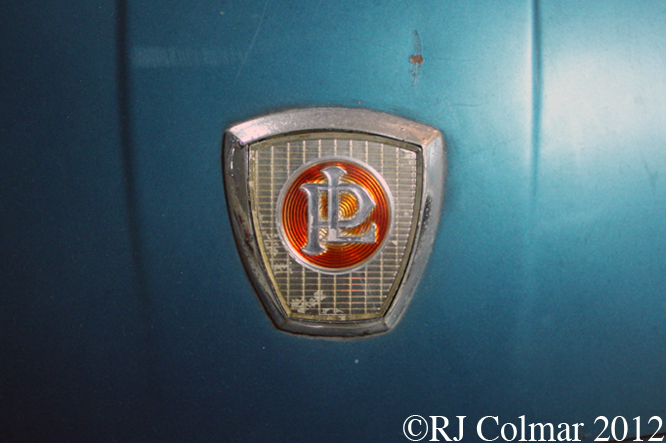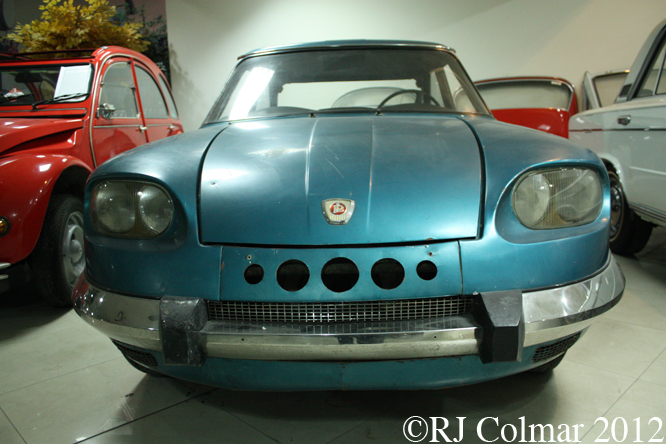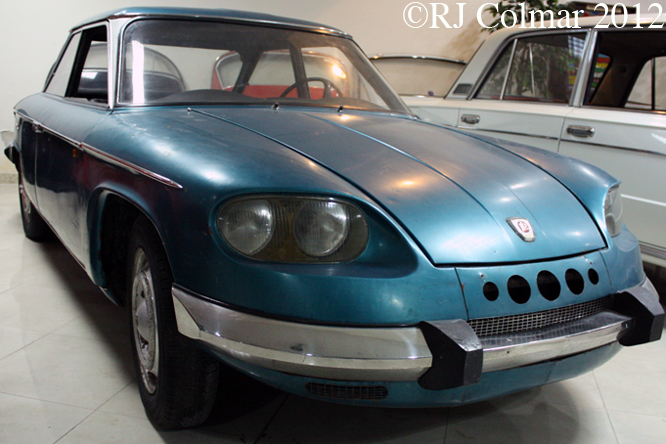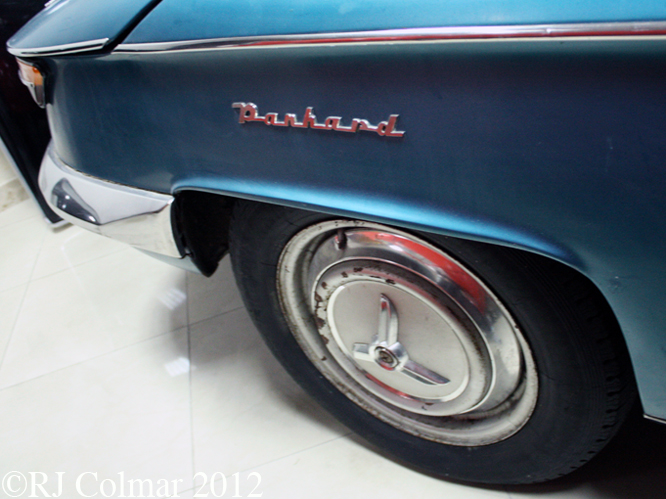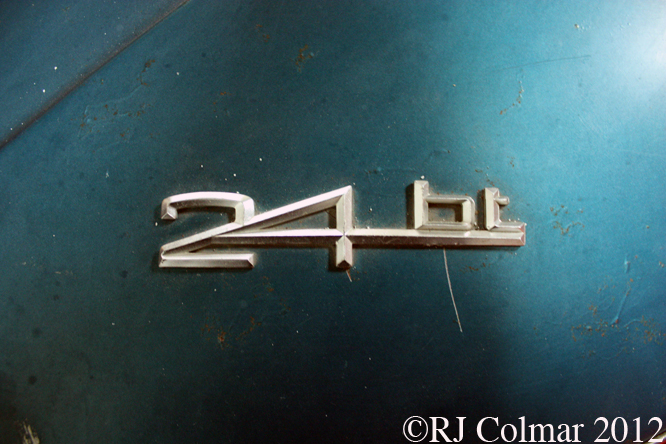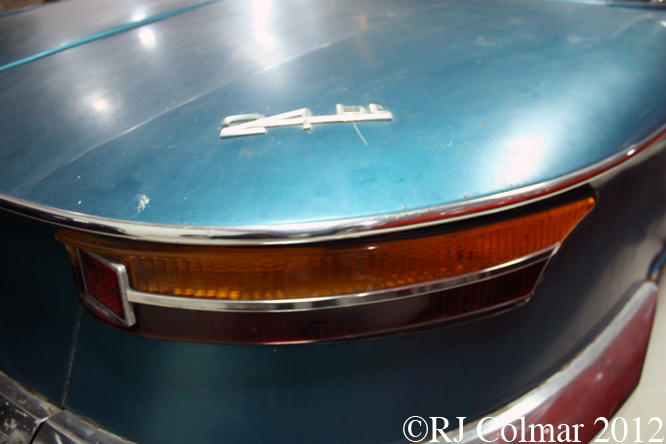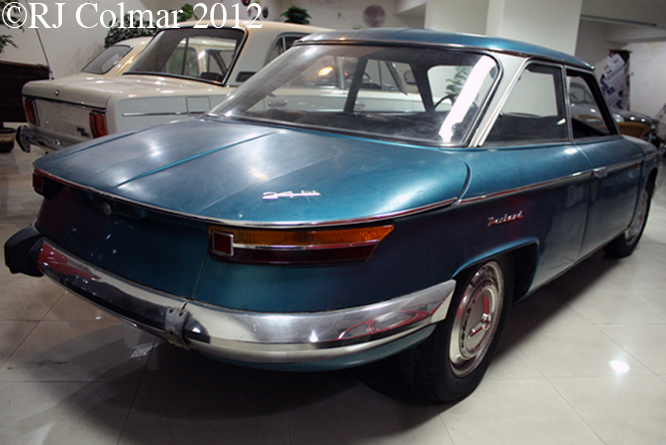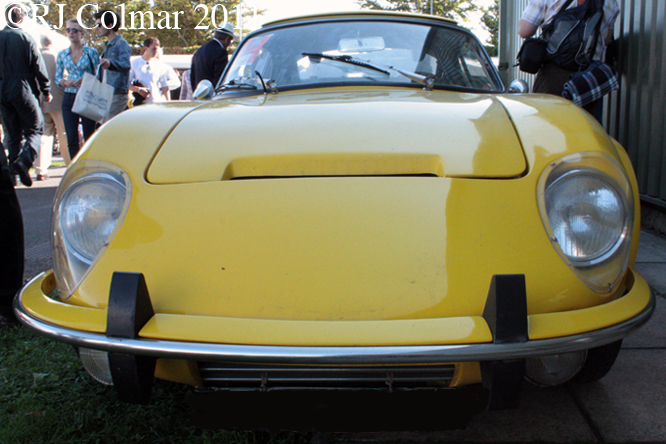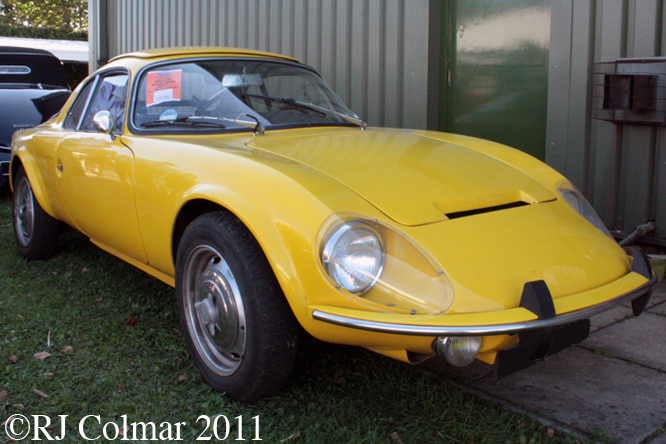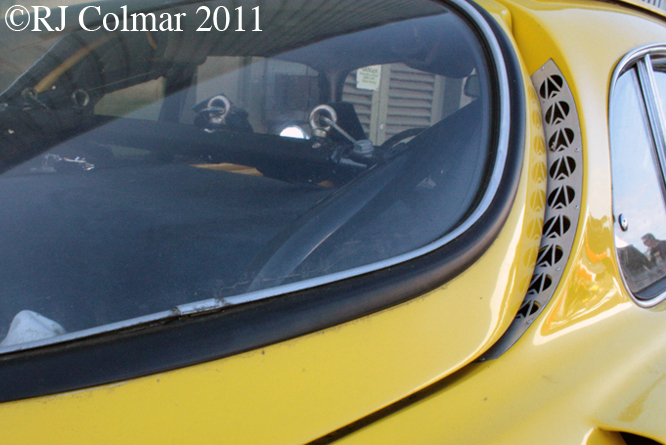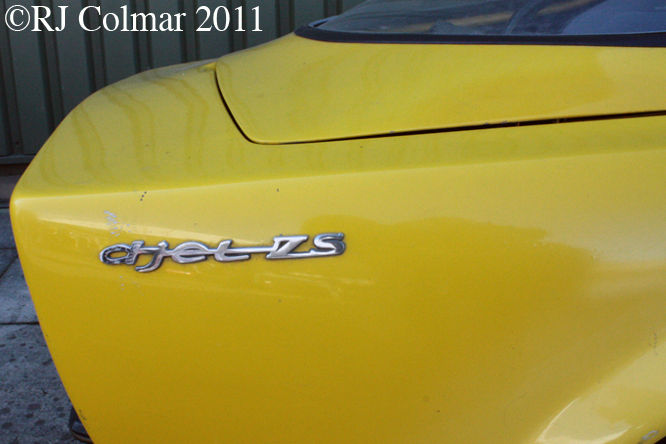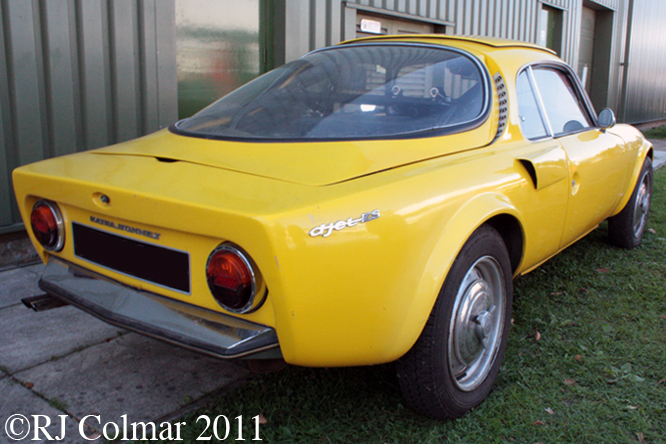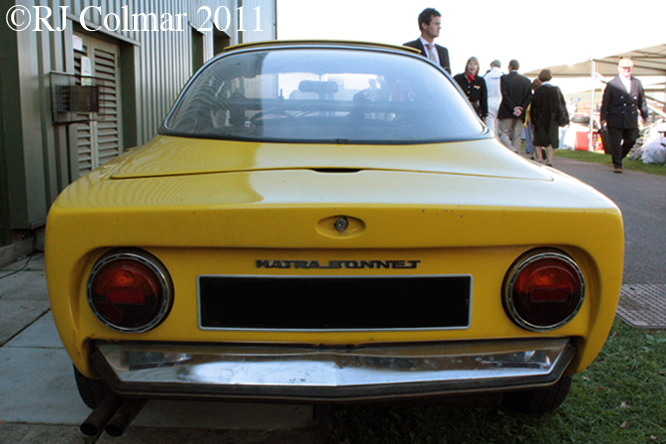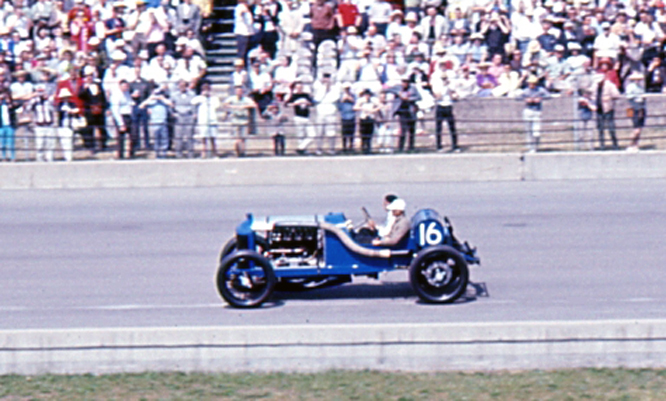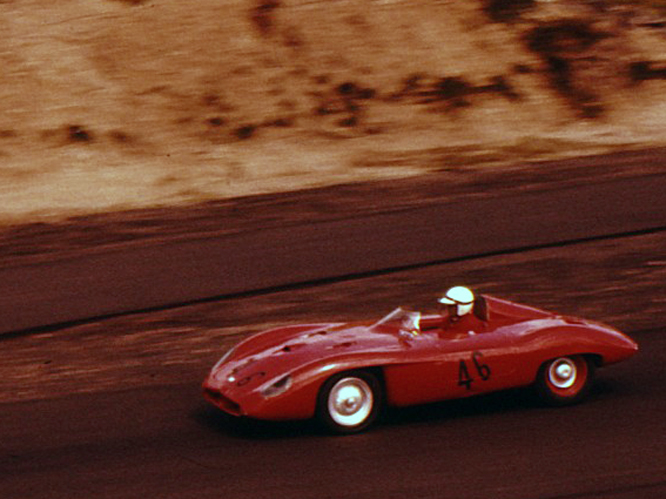In 1887 French Engineers René Panhard and Émile Levassor founded Panhard et Levassor to manufacture motor cars and using a Daimler motor manufactured under license offered their first car in 1890. All of their early cars were one off designs as they introduced a string of improvements on successive models. In 1891 they built a vehicle with a front mounted motor and rear wheel drive that would become ubiquitous in the motor industry for over half a century.
After a 48 hour 48 min drive Émile Levassor crossed the finish line first in the first mass start motor race, the 1,178 km / 731 mile which in 1895 Paris Bordeaux Paris. Panhard et Levassor was not awarded the win because the race was intended for vehicles with 4 seats and Levassor’s car only had two as did the Panhard et Levassor which came second.
Recording many race victories Panhard et Levassor became one of the largest automotive manufacturers prior to the Great War of 1914/18. Between the two World Wars Panhard et Levassor diversified into new areas including, like Bugatti, into rail buses.
After the 2nd World War Panhard focused on making light cars with two horizontally opposed cylinder motors and front wheel drive. Unofficial support for racing car manufacturers like Deutsch et Bonnet led to many success at Le Mans in the Index of Efficiency classifications during the 1950’s and 1960’s.
The Panhard 24 bt like the one seen here at the Malta Classic Car Collection was launched in 1964 featuring and air cooled 848 cc / 51.7 cui two cylinder engine, with origins dating back to the late 1940’s, driving the front wheels which allowed for the exceptionally low bonnet line which results in exceptional aerodynamic efficiency.
In 1965 Panhard was absorbed by Citroen during a period of rationalisation that was rampant throughout the European motor industry, so as not to compete with Citroen’s de luxe four door, four seater AMI 6 Citroén kept the spec of the 24 bt high and vetoed the development of a four door version.
Like, among many others, numerous BMW’s, the NSU Prinz, Stingray Corvette and Corvair from Chevrolet the Panhard 24 bt had a distinctive chromed trimmed midrift.
Saloon / Sedan 24 bt’s and the Coupé 24 ct‘s were amongst the earliest vehicles to feature integrated front and rear bumpers which gives the cars an efficient and stylish appearance which is taken for granted on new models these days but was well ahead of the curve even when production of the 24 bt ceased in 1967 marking the end of Panhard as a passenger vehicle manufacturer.
Thanks for joining me on this “Au Revoir P et L” edition of ‘Gettin’ a li’l psycho on tyres’ I hope you will join me again tomorrow when I’ll be looking the 1955 Indianapolis Pace Car on Americana Thursday. Don’t forget to come back now !

